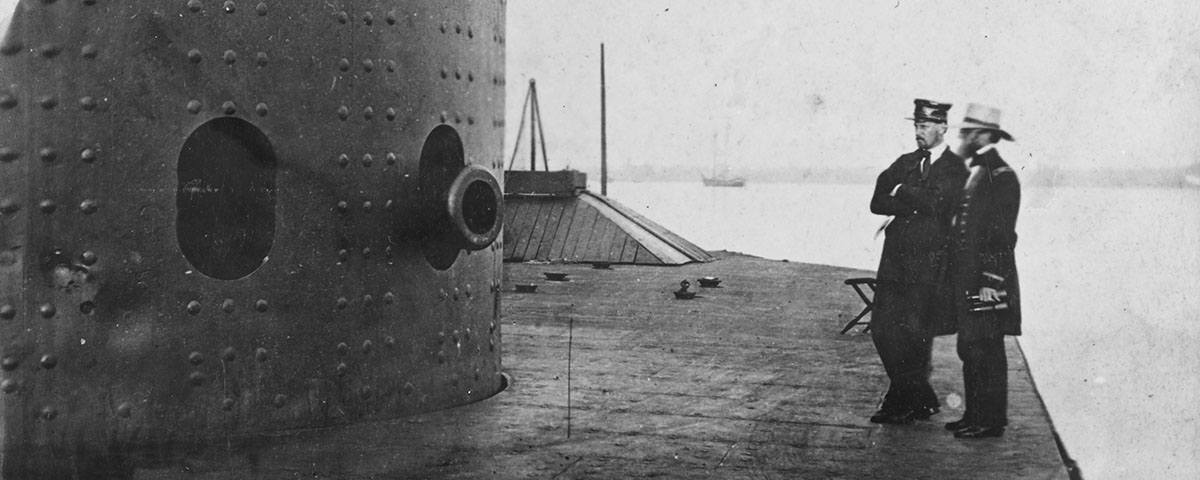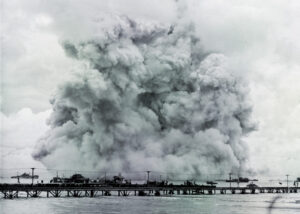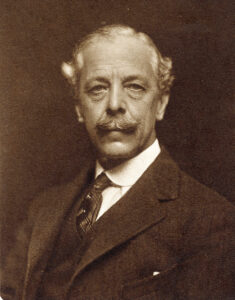Military History Quarterly researcher Marc De Santis recounts a few of the worst noncombat warship disasters before the 20th century.
Mongolian Fleet, 1274
Mongol leader Kublai Khan stormed Japan with hundreds of ships and tens of thousands of men. He had the upper hand after the first day’s fighting, but a typhoon overnight smashed his fleet, sinking probably a third of the ships and ending the campaign. The Mongols invaded again in 1281 with perhaps 100,000 troops, but a fierce storm again crippled the force.
Grace Dieu, 1439
This powerful English warship Grace Dieu boasted unprecedented size—184 feet long and about 1,500 tons—and mounted three pieces of gunpowder artillery, then a novelty. Launched in 1418 at a time of peace, it never saw action and lay anchored on the River Hamble in southern England for years. One night in 1439, lightning set Grace Dieu on fire. The damage was so extensive that the ship was judged a total loss and never repaired.
Girona, 1588
A galleass (a heavy galley armed with powerful cannons), Girona sailed with the Spanish Armada against England. On its return to Spain, carrying the surviving crews of four lost ships and struggling with a faulty rudder in foul weather, Girona sank when a strong wind hurled it against the rocks at Lacada Point on the Irish coast. It is estimated that 1,300 died.
Vasa, 1628
King Gustavus II Adolphus of Sweden repeatedly ordered the shipwrights building this vessel to work fast—too fast, perhaps, as the Vasa was apparently top-heavy. When thousands gathered to watch its maiden voyage from Stockholm, a powerful gust caused the ship to heel to port. Water flooded through open gun ports, and Vasa promptly sank, drowning approximately 30. Investigators, fearful of blaming the king, assigned fault to no one.
Shovell’s Ships, 1707
Warships commanded by English Adm. Sir Cloudesley Shovell approached the Scilly Islands, near the mouth of the English Channel. Shovell’s navigators had misjudged their location, and his flagship, HMS Association—sailing at night and in the fog—hit the outer rocks and sank, along with the Romney, the Eagle, and a smaller fire ship. Probably 2,000 died. Parliament responded by offering £20,000 to anyone who could devise a means to accurately calculate longitude.
HMS Royal George, 1782
The 100-gun first-rate ship of the line met its end while undergoing repairs at Spithead, in the south of England. To expose the hull for workers, numerous guns had been moved to port to force the ship to lean. When it began to settle, the guns were shifted back and the George righted itself. Minutes later, however, the ship sank without warning. A court-martial concluded that rotten timbers had given way. Roughly 1,200 lives were lost.
USS Monitor, 1862
Likened to a cheese box on a raft, the ungainly ironclad USS Monitor was a revolutionary warship hurriedly constructed to face down the CSS Virginia, a Confederate ironclad. The steam-powered vessel had an extremely low freeboard and mounted two big cannons in a revolving turret. Though it survived its legendary clash with the Virginia at Hampton Roads on March 9, 1862, it was barely seaworthy and sank near Cape Hatteras in a storm on December 31.
HMS Victoria, 1893
This was the flagship of Vice Adm. Sir George Tryon, commander in chief of Britain’s Mediterranean Fleet and a martinet who put his ships through fiendishly complicated maneuvers. While performing such evolutions near Lebanon, HMS Camperdown accidentally rammed the Victoria after the two ships miscalculated their turning circles. The calamity was so unforeseen that Victoria’s watertight doors were left open during the operation. Seawater flooded the battleship, and 358 men, including Tryon, were lost when it sank.





